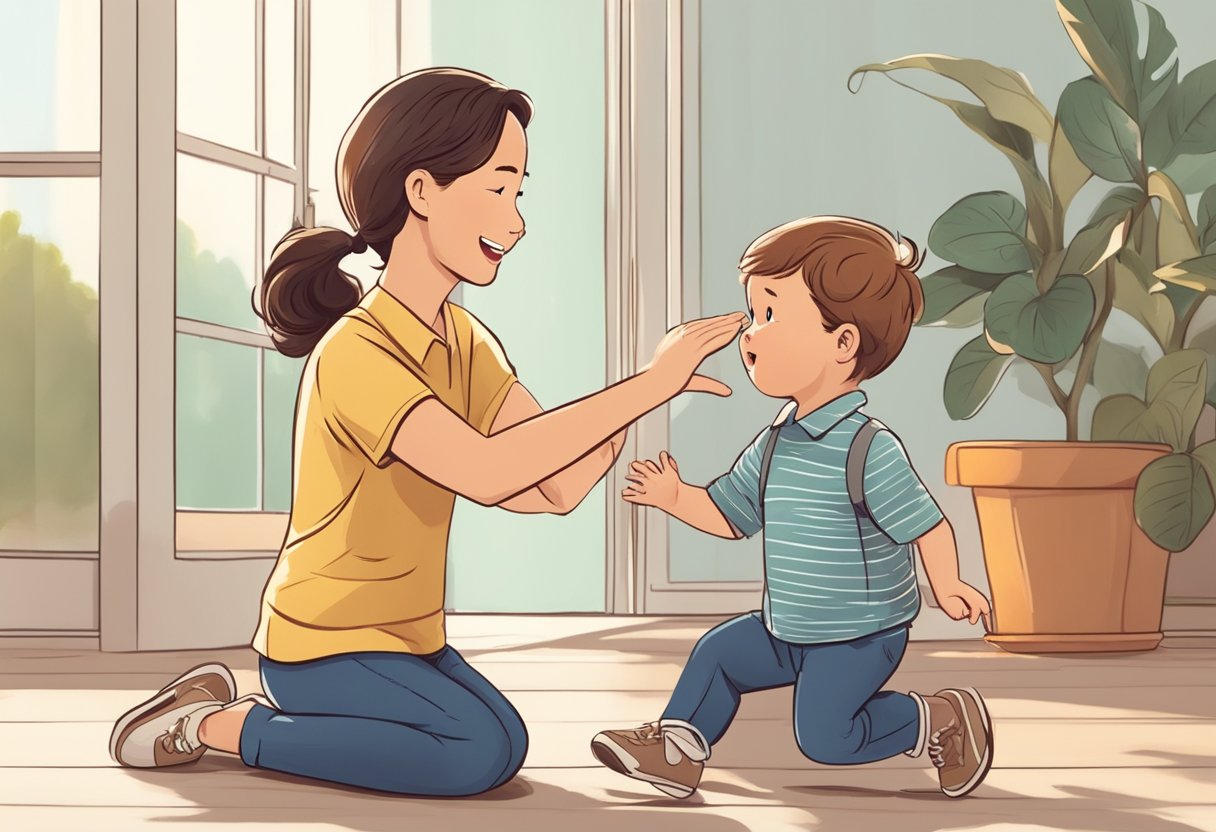Daily affirmations are powerful tools for building self-esteem and fostering a positive mindset, especially in children. Affirmations are statements that are repeated to oneself as a way of reinforcing positive beliefs and attitudes. By repeating positive statements about themselves, children can cultivate an optimistic outlook and better handle the challenges of growing up. These simple, yet impactful phrases can help to counteract negative thoughts and beliefs that can take root early in life. By teaching kids to use daily affirmations, parents and caregivers can help them develop a more positive outlook on life and improve their overall well-being.
Introducing daily affirmations into a child’s routine can encourage them to develop a habit of positive self-talk. This practice supports children in acknowledging their strengths and values, which is crucial during their formative years. Through affirmations, kids learn to believe in their abilities and internalize the message that they are worthy of love and capable of achieving their goals.
Implementing affirmations for kids is not just about reciting words; it’s about nurturing a resilient and positive self-image that can support their emotional and mental well-being. Affirmations can be tailored to each child’s individual needs, focusing on areas they may need reinforcement or encouragement. This personalized approach makes the practice of affirmations a meaningful part of a child’s daily routine.
Benefits of Daily Affirmations for Kids
Daily affirmations are positive statements that can help children develop a healthy mindset. They can help children to focus on their strengths, build self-confidence, and improve their overall well-being. By repeating affirmations, children can train their minds to think positively and develop a growth mindset.
Research has shown that daily affirmations can have a positive impact on mental health. They can help children to reduce stress, anxiety, and depression. When children repeat positive affirmations, they can feel more in control of their thoughts and emotions.
The Science Behind Affirmations
Affirmations work by rewiring the brain. When children repeat positive affirmations, they create new neural pathways in the brain. These pathways can help to reinforce positive thoughts and behaviors.
Studies have shown that affirmations can activate the reward centers in the brain. This can lead to an increase in dopamine levels, which can help to improve mood and motivation. Affirmations can also activate the parasympathetic nervous system, which can help to reduce stress and anxiety.
Overall, daily affirmations can be a powerful tool for helping children develop a positive mindset and improve their mental health. By understanding the benefits and science behind affirmations, parents and caregivers can help children incorporate affirmations into their daily routines.
Crafting Effective Affirmations for Kids
Affirmations, which are positive statements that can help children develop strong self-esteem and self-confidence, are a key focus of our award-winning podcast, Charm Words. Crafting effective affirmations for kids involves considering their age, values, and virtues. Here are some tips to help parents and caregivers create affirmations that will resonate with children:
Age-Appropriate Affirmations
When creating affirmations for kids, it’s important to consider their age and developmental level. Younger children may benefit from simple affirmations that focus on their abilities and strengths, such as “I am strong” or “I am kind”. Older children may benefit from more complex affirmations that acknowledge their unique qualities and goals, such as “I am capable of achieving my dreams” or “I am proud of who I am”.
Incorporating Values and Virtues
Affirmations can also be used to reinforce positive values and virtues in children. For example, parents and caregivers can create affirmations that promote kindness, respect, and empathy, such as “I treat others with kindness and respect” or “I am empathetic and understanding”. Affirmations can also be used to encourage children to develop positive habits and behaviors, such as “I make healthy choices for my body and mind” or “I am responsible and trustworthy”.
Overall, crafting effective affirmations for kids involves considering their age, values, and virtues. By creating affirmations that are tailored to children’s unique needs and strengths, parents and caregivers can help them develop strong self-esteem and self-confidence.
Implementing Daily Affirmations for Kids
Creating a Routine
To make daily affirmations a consistent part of a child’s routine, it’s important to establish a specific time and place for them. This could be incorporated into a morning or bedtime routine, or even during a designated break time during the day. The child should feel comfortable and relaxed during this time, and it’s important to eliminate distractions as much as possible.
Parents or caregivers can help by setting an example and participating in the routine with the child. This creates a positive and supportive environment. It’s also important to encourage the child to express their thoughts and feelings during this time, and to make it a safe space for them to do so.
Affirmation Activities and Games
Making affirmations fun and interactive can help keep children engaged and interested. One activity is to create affirmation cards with positive messages and encouraging words. The child can choose a card each day and read it aloud. Another game is to have the child come up with their affirmations and write them down on a piece of paper. They can then decorate the paper and hang it up in their room as a reminder.
Visualization is another helpful tool. Encourage the child to close their eyes and visualize themselves achieving their goals or overcoming challenges. This can help them build confidence and resilience.
Affirmation mirror talk is another helpful activity. Children can stand in front of a mirror, look into their own eyes, and say their affirmations out loud. This activity boosts self-esteem.
Affirmation Jars: Encourage the child to write or draw different affirmations on slips of paper and place them in a jar. Each day, they can draw one and recite it.
Overall, implementing daily affirmations for kids can have a positive impact on a child’s self-esteem and overall well-being. By creating a routine and incorporating fun activities, parents and caregivers can help children develop a positive mindset and outlook on life.





